GENERAL SANTOS CITY, November 29, 2022 – Transitioning to an improved database management system, the Department of Agriculture – Special Area for Agricultural Development (DA-SAAD) Program Information Technology (IT) national and regional units underwent lectures to be equipped with relevant tools and partners in information management and a conducted holistic database assessment to conclude Phase 1 beneficiary profiles.
“Data is the new oil. This is the best asset today,” shared Mr. Xerxees Remorozo, Information & Communications Technology Service (ICTS) Planning & Standard Division Chief who is a resource speaker during the 5th IT assessment and workshop facilitated by the SAAD National Program Management Office (NPMO) in General Santos City from November 22 to 24, 2022.
A valuable learning earned from SAAD Phase 1 is the importance of rudimentary information that will validate the credibility of SAAD operations. Said activity was led by the NPMO IT Unit Head Mr. Randy Ocampo, in partnership with the ICTS and the DA Registry System for Basic Sectors in Agriculture (RSBSA) NPMO.
More than 50 staff from different regions and provinces’ SAAD IT units gathered and participated with the common objective to gain updated tools in information management in preparation for the Phase 2 of the implementation which will involve new sets of beneficiaries.
Registration and database workshop
In his opening remarks, SAAD Director Ulysses J. Lustria Jr. shared how the activity will benefit the Program. “We need to reform the SAAD’s database management, especially profiling of beneficiaries. We cannot underestimate the value of IT to empower beneficiaries. We have to mainstream agricultural development through IT,” shared Dir. Lustria.
Chief Remorozo kicked off the discussions by introducing the Information System Security Plan’s (ISSP) purpose as a framework for the organizational efforts to computerize operations. He also shared that ISSP is a tool of digital transformation toward food security.
Further, a lecture on RSBSA’s importance as a basis for intervention and reference for program planning was discussed by Ms. Naomi Ann P. Rufino, RSBSA Development Management Officer III. The three (3) components of RSBSA, from profiling of farmers and fishers, georeferencing of farm parcels, and interventions monitoring system were also thoroughly discussed.
Crossmatching of data and possible inclusion of RSBSA enrollment form for all SAAD Phase 2 beneficiaries was also suggested during the dialogue. This is necessary since DA is working on the centralization of RSBSA as the main registry system for farmers and fisherfolks in the country as the agency pursues collaborations with other government units for data sharing and system arrangements.
Said topics were followed by the introduction of Farmers and Fisherfolk Registry System (FFRS) and its Application Programming Interface (API) facilitated by Ms. Darlene Abainza, RSBSA Information Technology Officer II.
FFRS is an online system used to facilitate the registration of farmers in support of the updating of the RSBSA. The website serves as the main storage of encoded farmer profiles. RSBSA development web servers, available dashboards for system users, management monitoring, report generation, detection of duplicates, and access points were also shown as best practices for data safekeeping and security.
According to IT Head Mr. Ocampo, the lectures, assessment, and workshop bank from the Phase 1 learnings to improve the security of the database and performance speed of the web server where information is stored. To avoid stalling information transmission, the whole team is moving toward changing the manner of data processing where regional IT officers will be more involved and hands-on – all for the improvement of profiling of the beneficiaries.
Where every unit of information makes up the digital reality of the program, this is essential in the overall operation to ensure the count and eligibility of beneficiaries, and reflect the implementation of interventions that will be the basis of tracking the “development” – or processes of growth by collecting base information and expansion along the implementation.
Further, NPMO Planning, Monitoring, and Evaluation (PME) Head, Mr. Darwin Pamatmat said the program database and IT unit is highly integrated into the planning and monitoring process in promoting efficiency of the core operations of SAAD.
According to Mr. Pamatmat, a good set of information emulates precision, which can be used to maximize the utilization of resources. Precise information leads to a smarter and just allocation, distribution, and monitoring of the projects.
Further, in the internal aspect, information management is seen to foster accountability among involved parties, and externally, promotes transparency, seeing where resources are going such as the budget, livelihood projects, capacity building, and other support to the farmers and fishers, as well as determining and improving its appropriations.
SAAD IT assessment
As of 2022, the whole of SAAD IT profiling has an 87.25% completion rate for individuals and 87.64% for groups. These figures involve profiles of SAAD beneficiaries from 2017 up to the present, where 122,744 individual profiles and 2,490 group profiles for the 30 priority provinces of the program are stored and managed.
Leading regions with the most uploads and completion of profiled data from 2017 to 2022 were also recognized. Leading is Caraga with 100%; followed by MIMAROPA with 99.61%; and Region 8 with 99.29% completion rate.
Database uploading issues and concerns revolving on duplicate projects and entries for deletion, inability to upload beneficiary profiles during system downtime, and backlogs from previous years due to incomplete data were discussed during the forum.
Additionally, a hands-on step by step guide on profile uploading to the new database facilitated by NPMO IT Unit head Mr. Ocampo was introduced. The IT unit team then helped out each regional and provincial unit through a focus group discussion (FGD) aimed at collating errors experienced by each group.
Ways forward
Anchoring on the discussions from the previous days, the team agreed on reviewing guidelines on ISSP equipment and supplies procurement process; crafting a memorandum on the request for provision of data center storage in 2023 for SAAD, subject to legal clearance of RSBSA; inclusion of RSBSA form on the Phase 2 implementation; completion of previous and current years’ profile uploading backlogs by the end of 2022.
DA Region 12 Officer in Charge (OIC) – Regional Technical Director (RTD) Mr. Zaldy M. Boloron closed the program by emphasizing how database management will improve the agriculture sector towards economic growth.
“Database management is an approach to digital agriculture. This is a paradigm shift of our administration. How can we increase production? Database is the answer. This training is very important to expand our agricultural production and processing,” RTD Boloron shared. ###
Writer: DA SAAD NPMO Information Officers



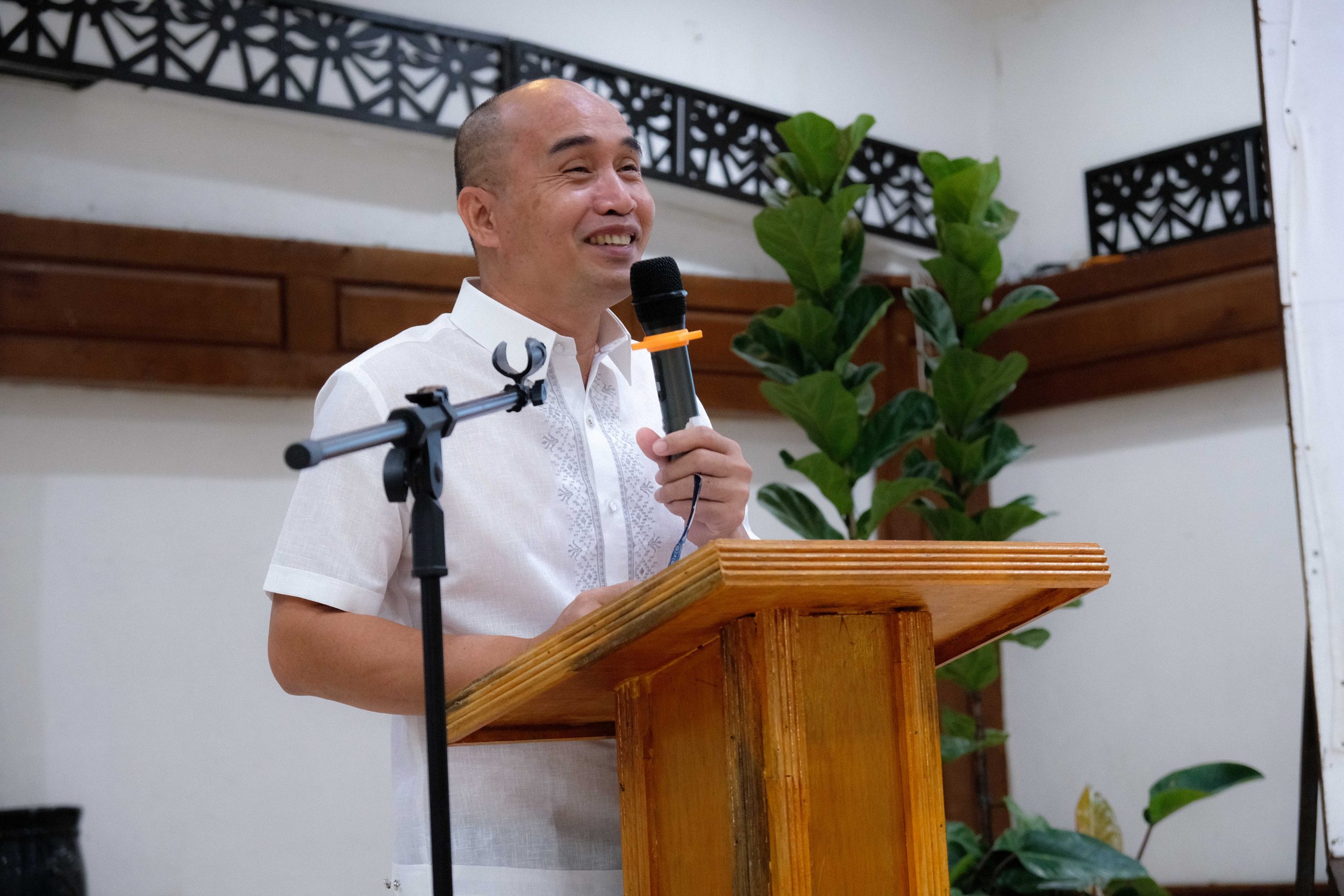

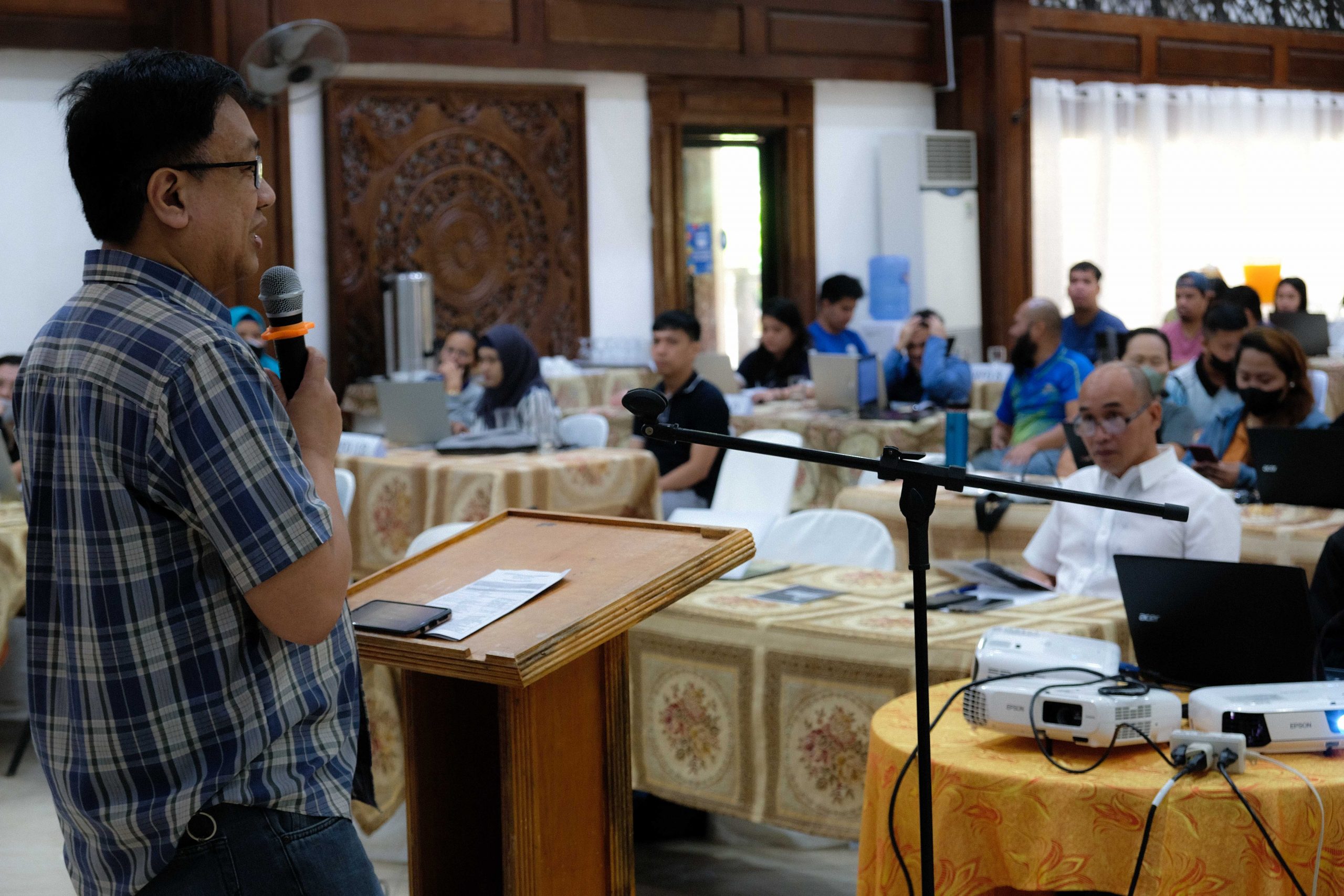

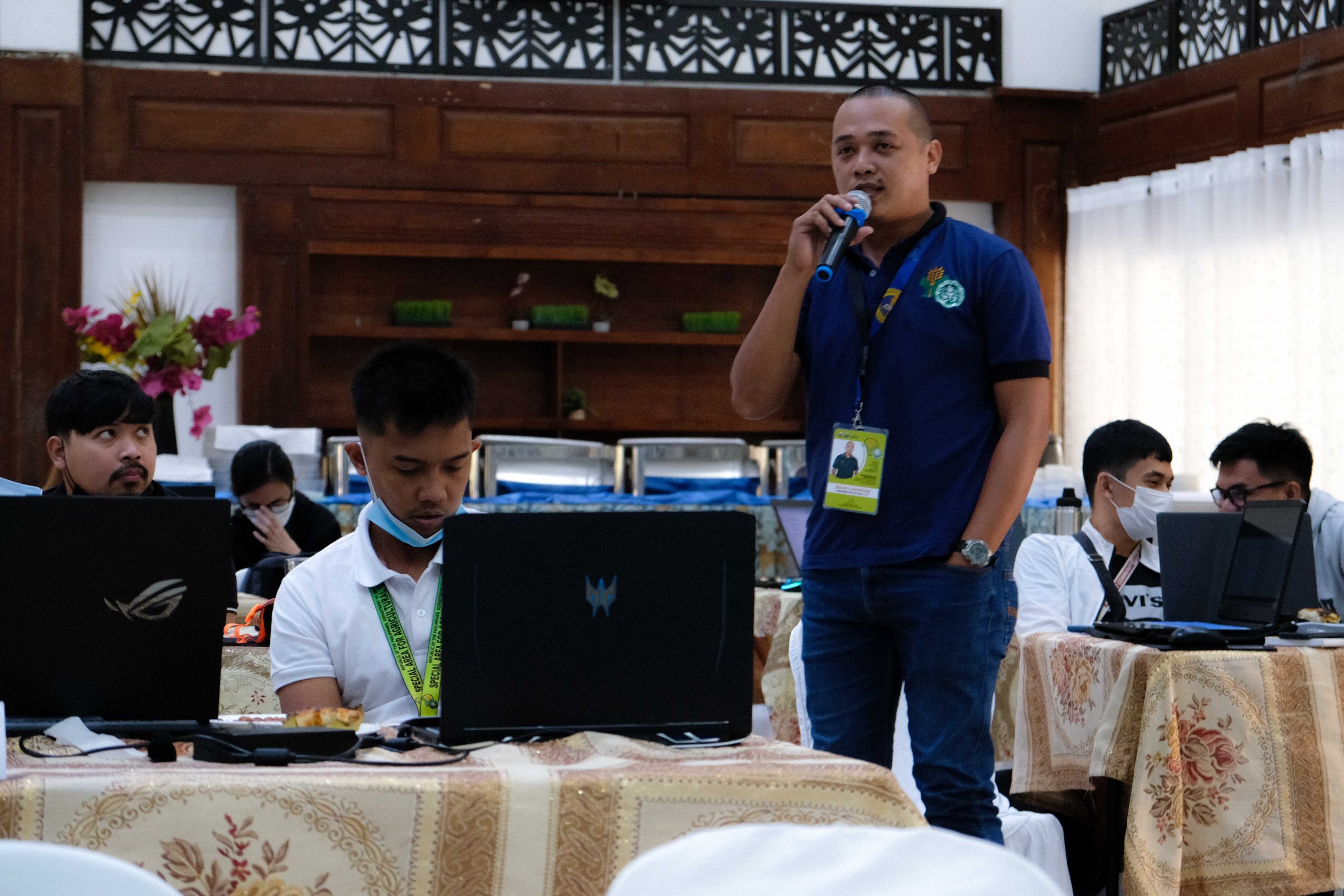


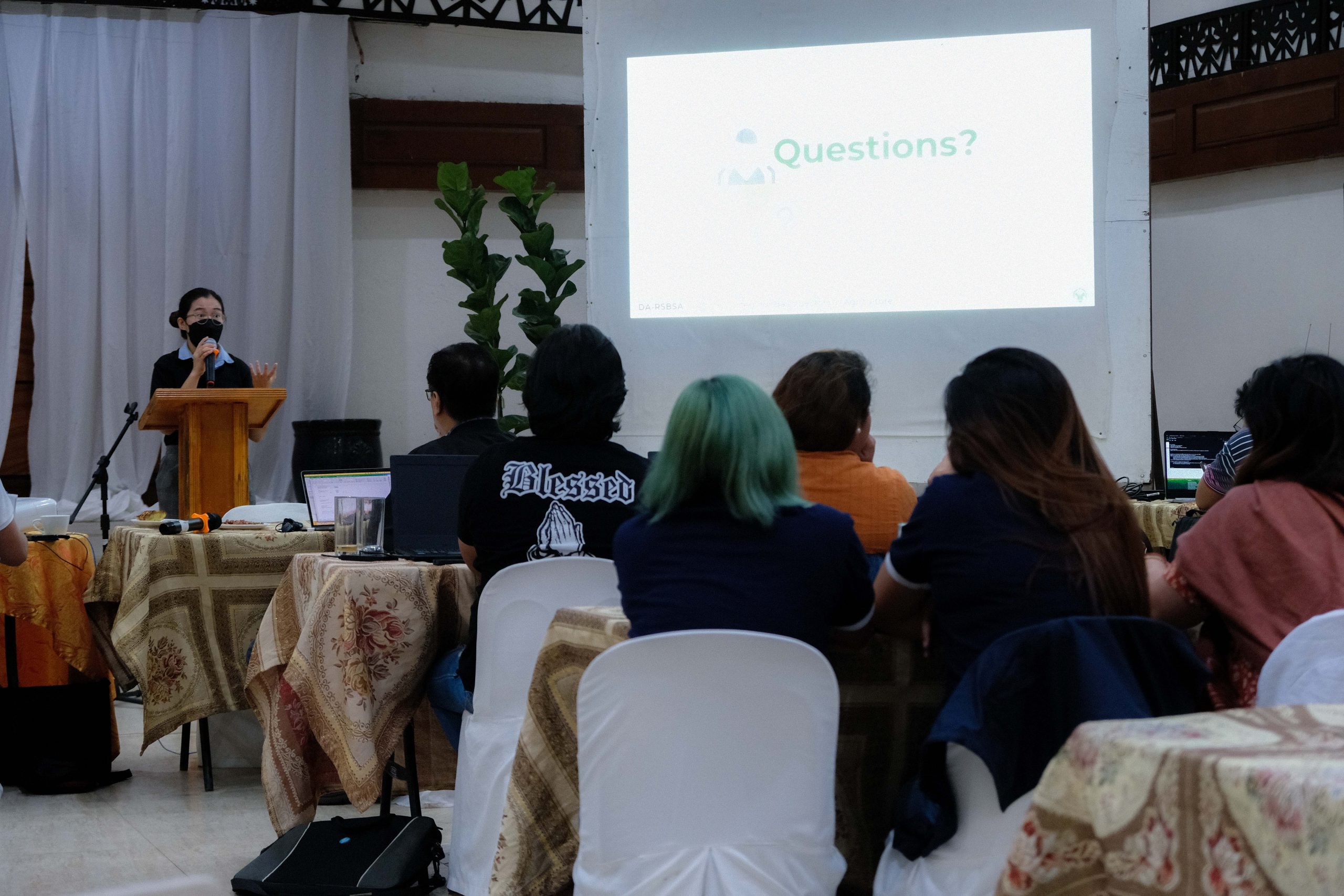
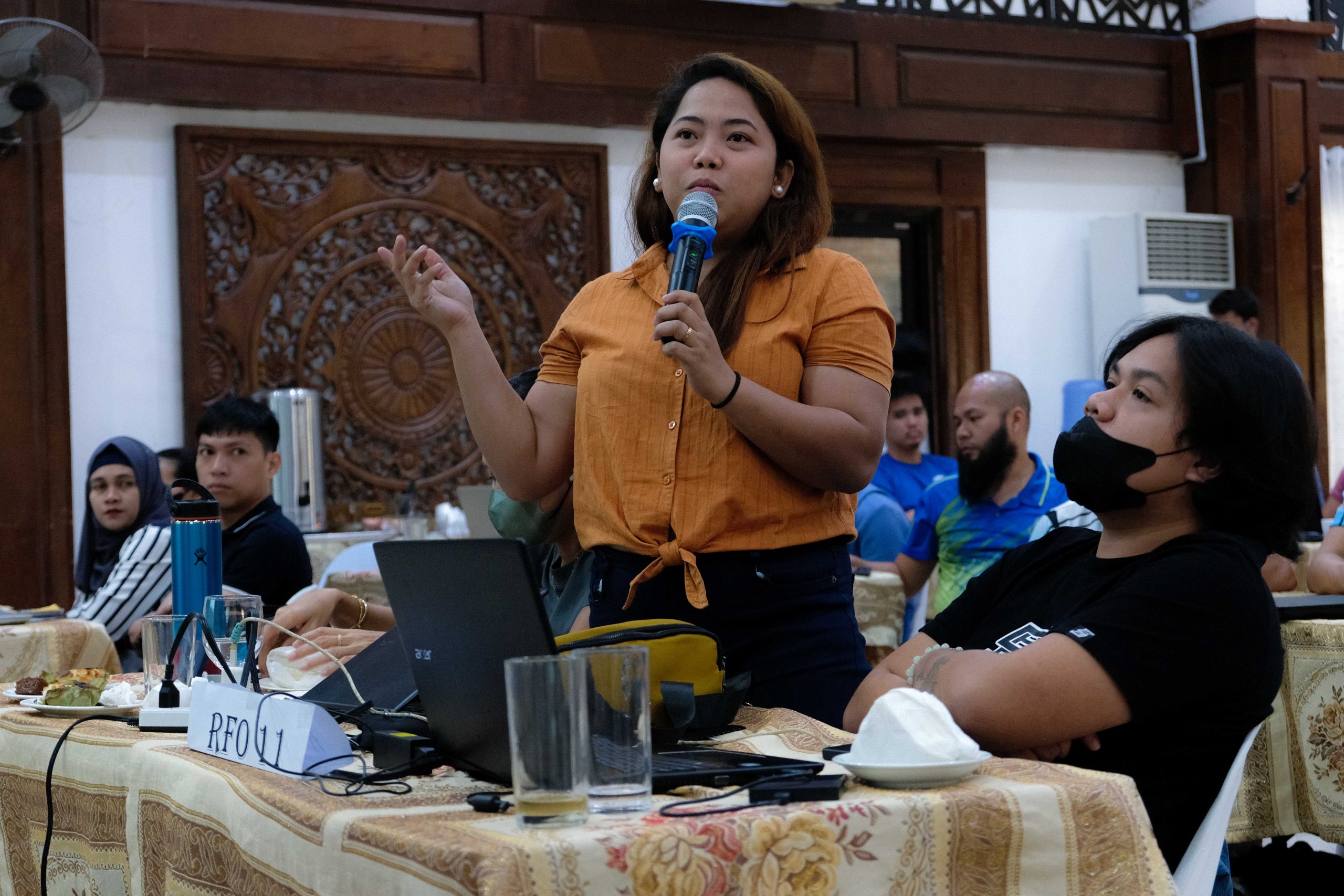
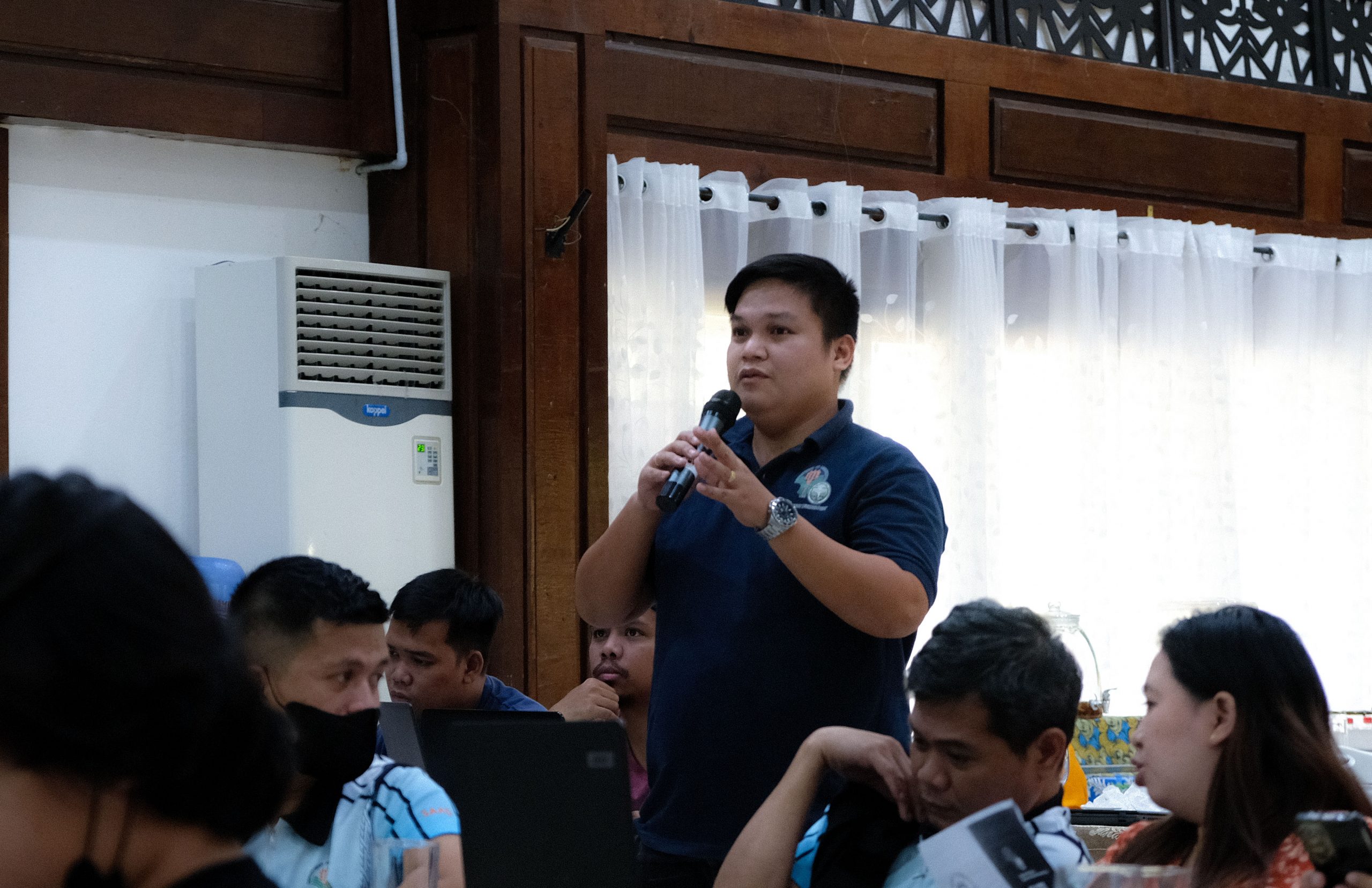
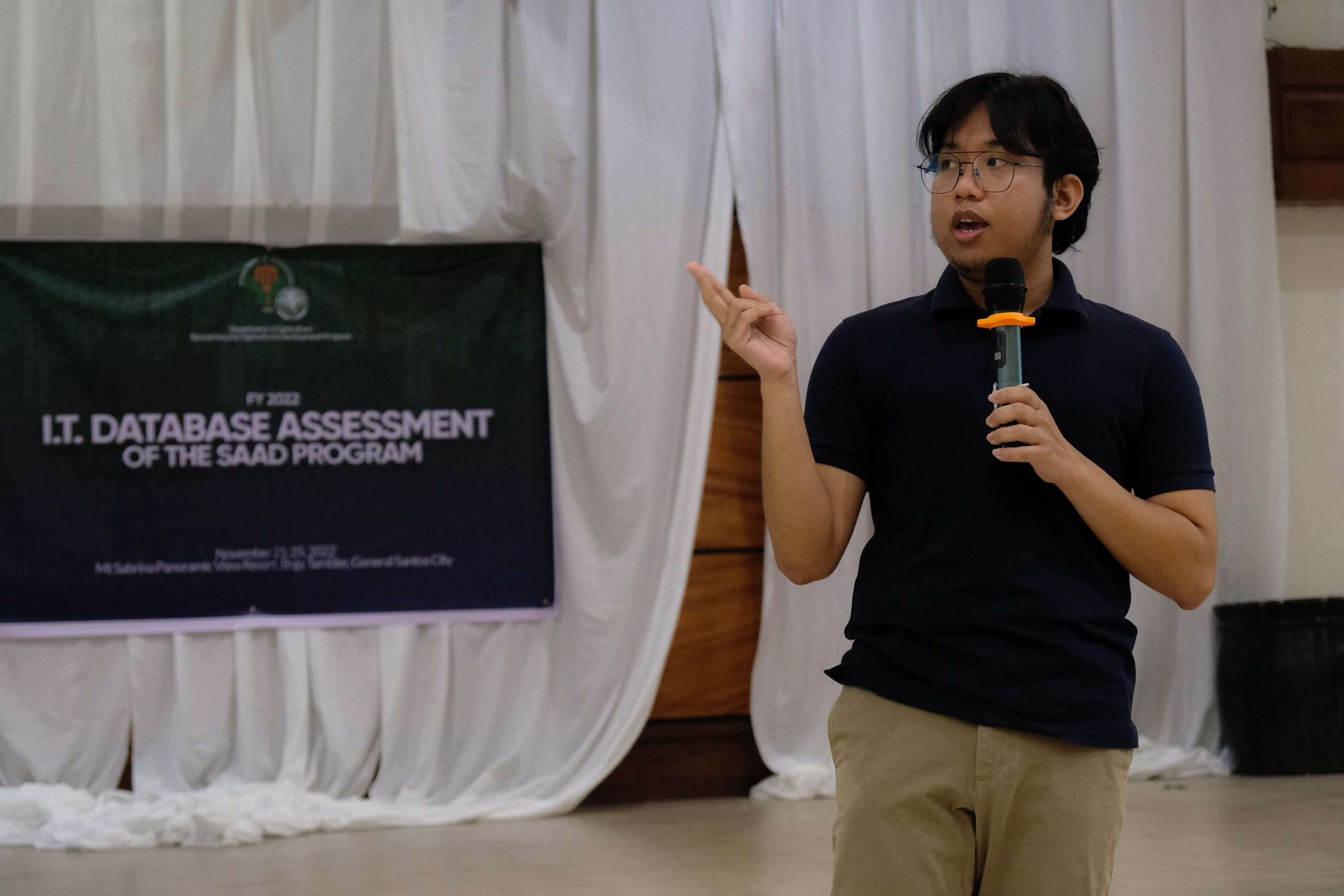
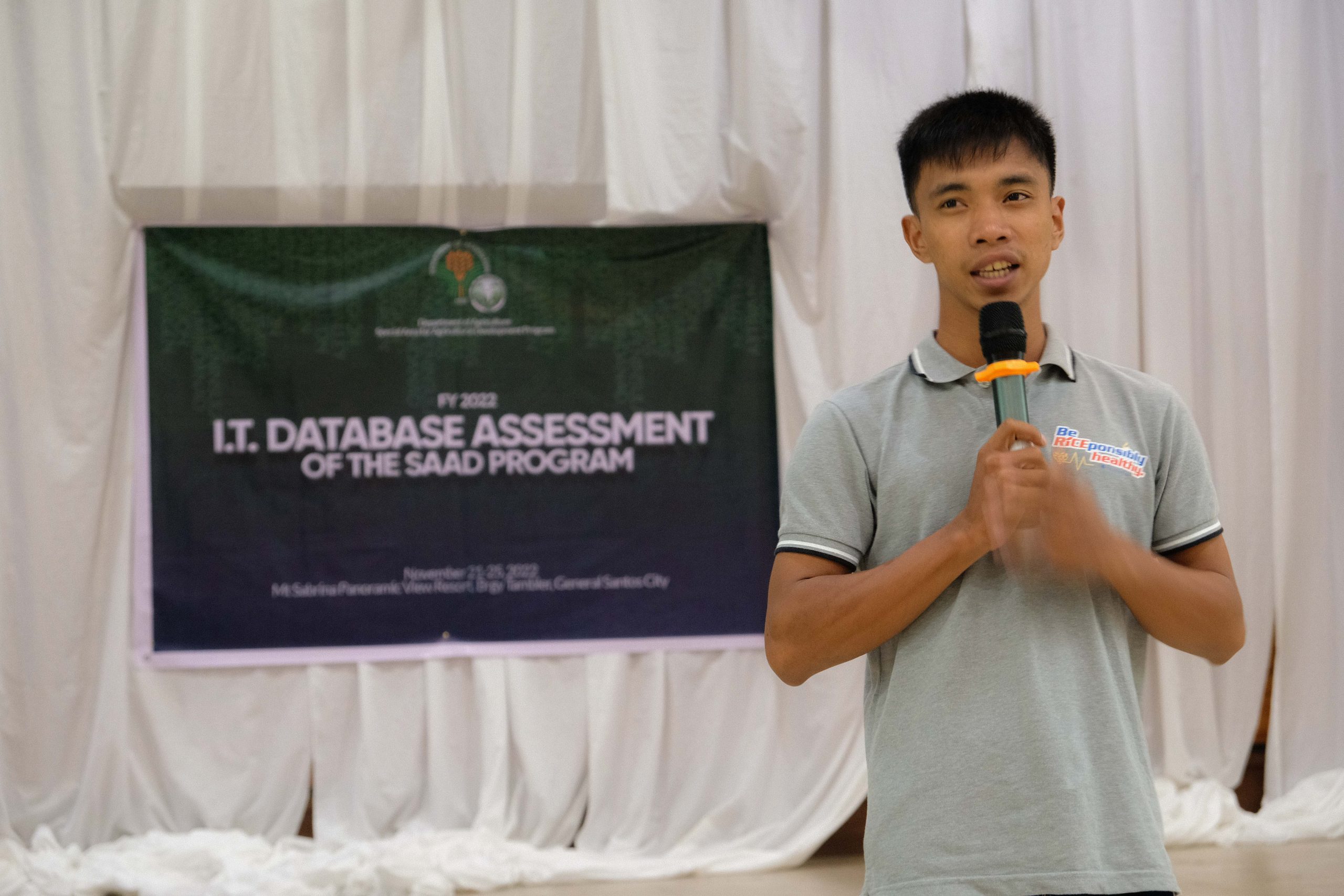
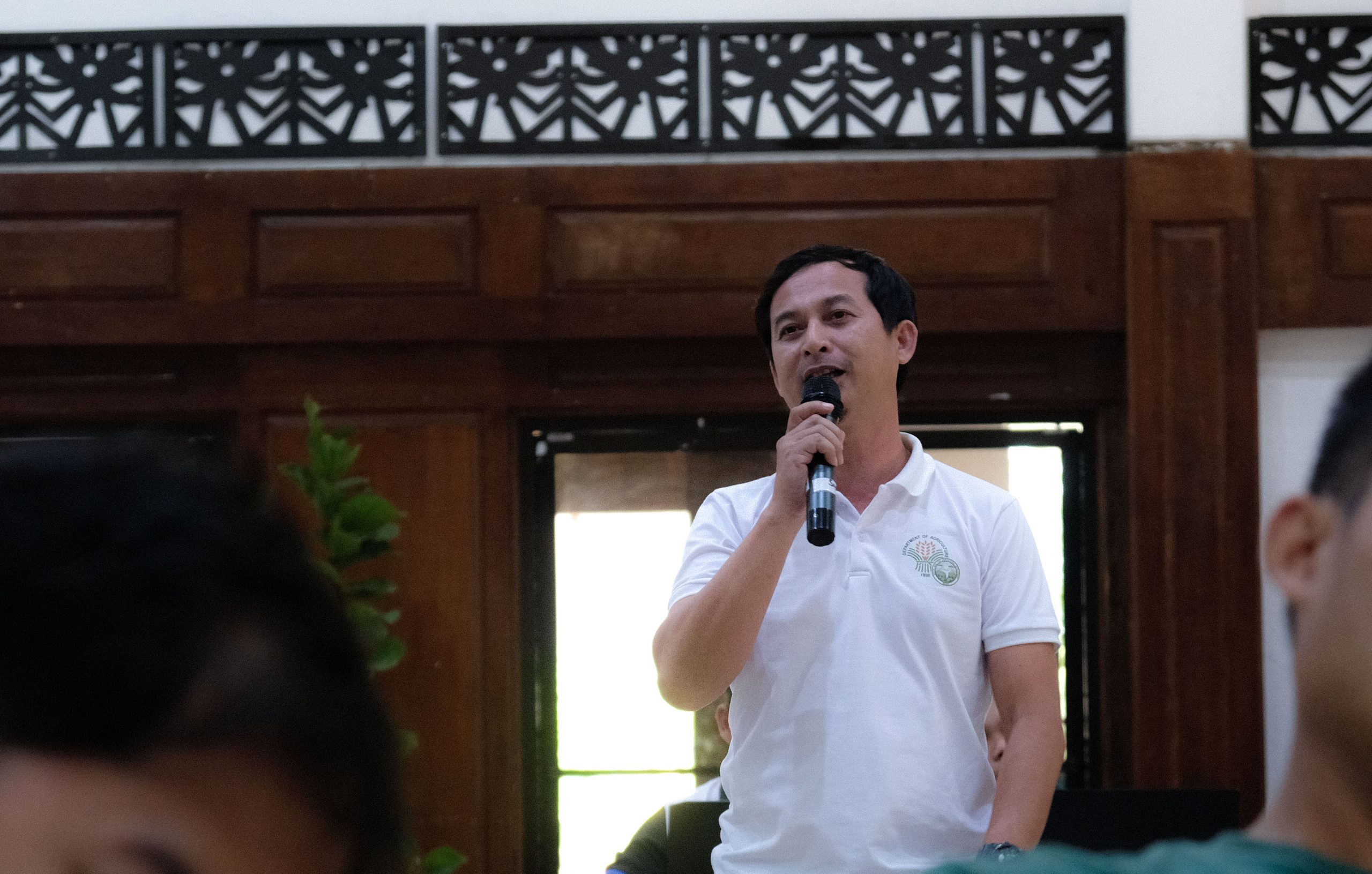
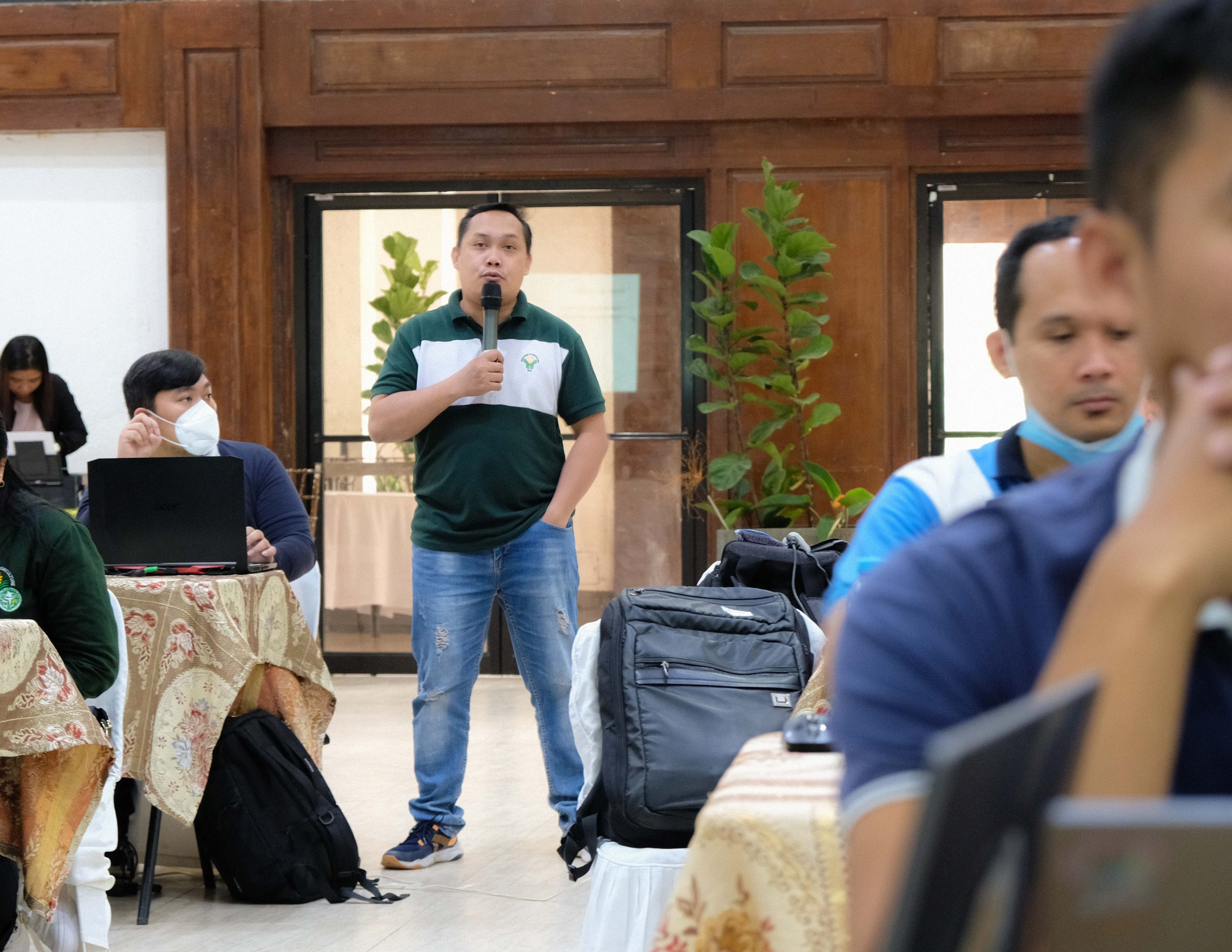



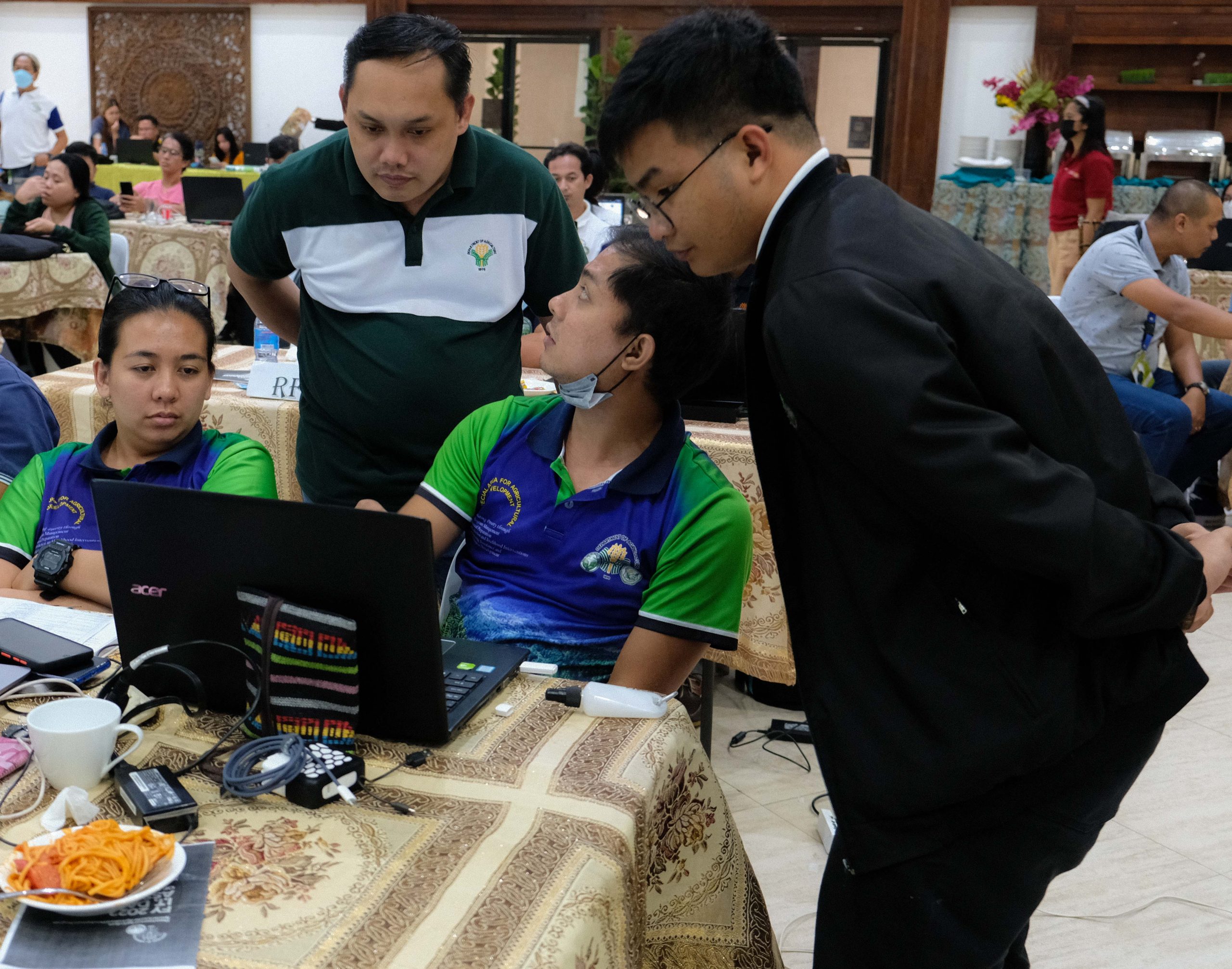



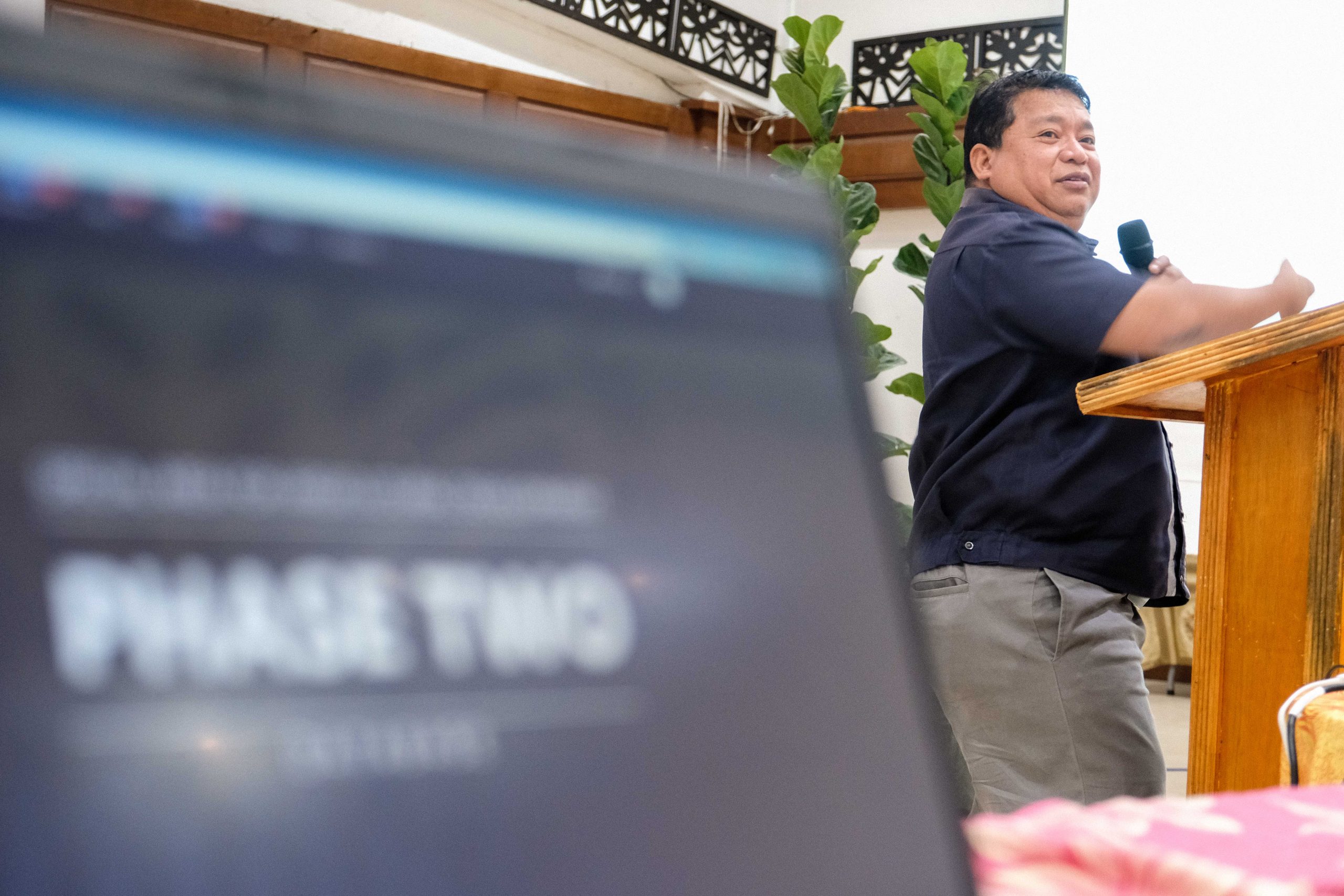
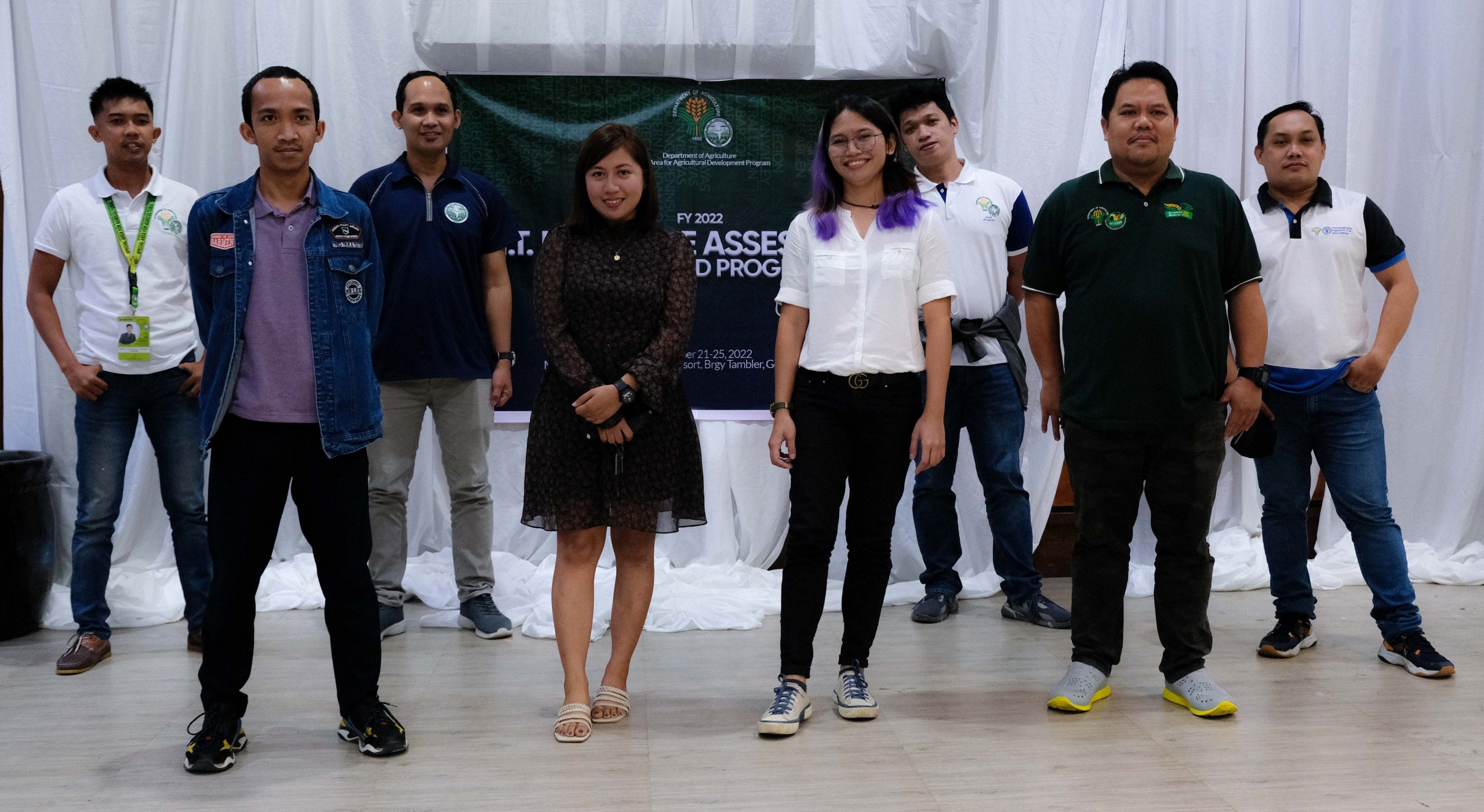
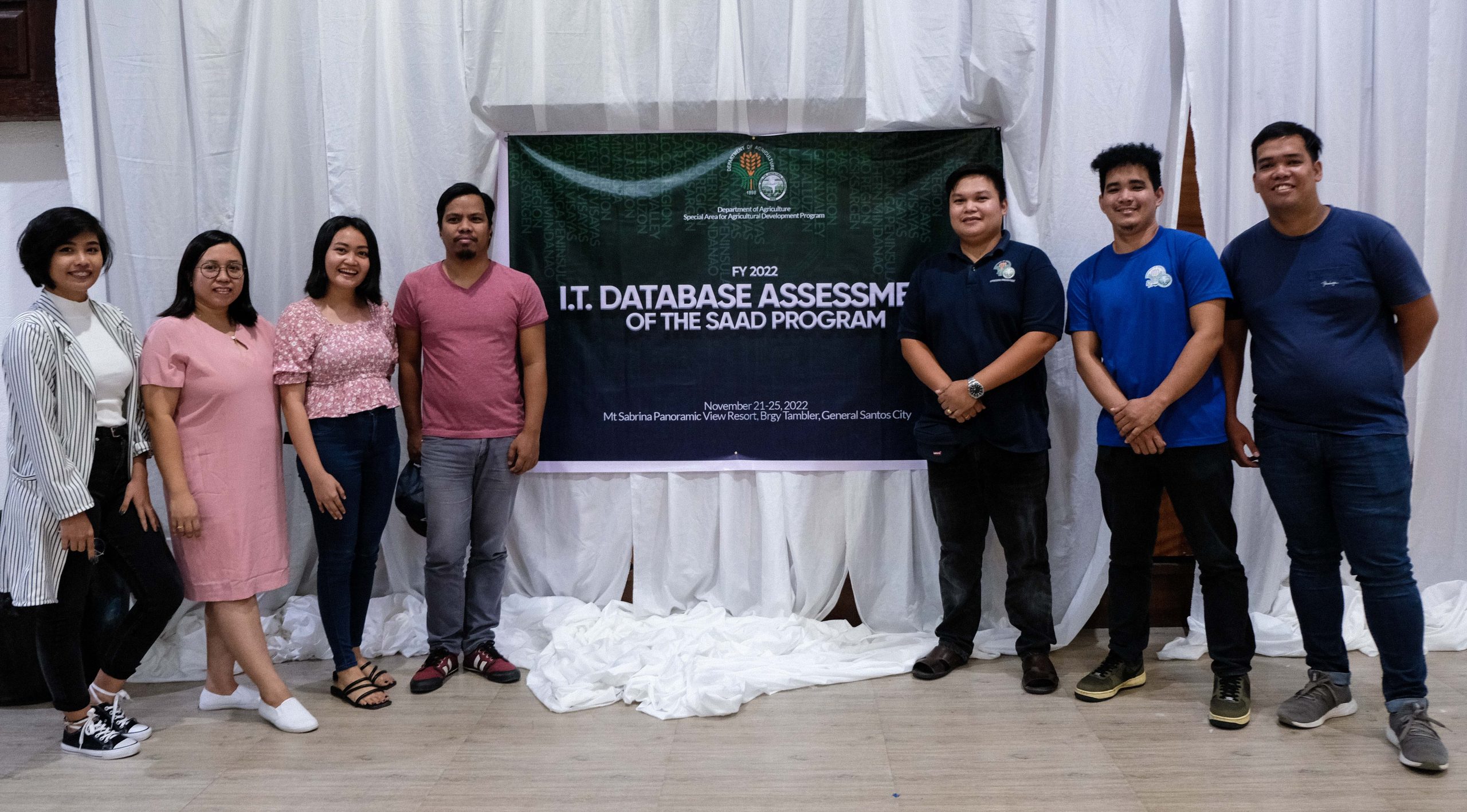

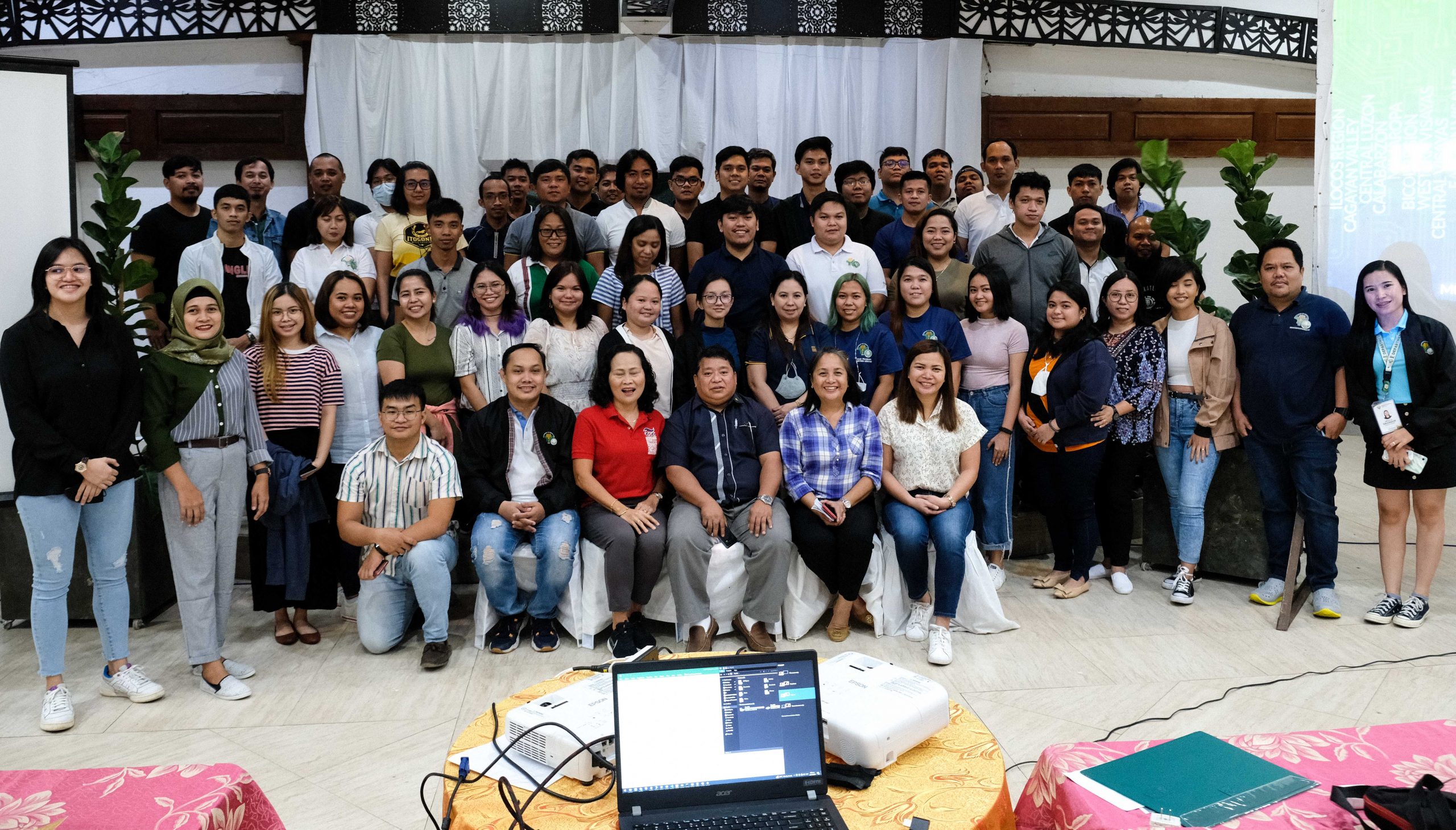
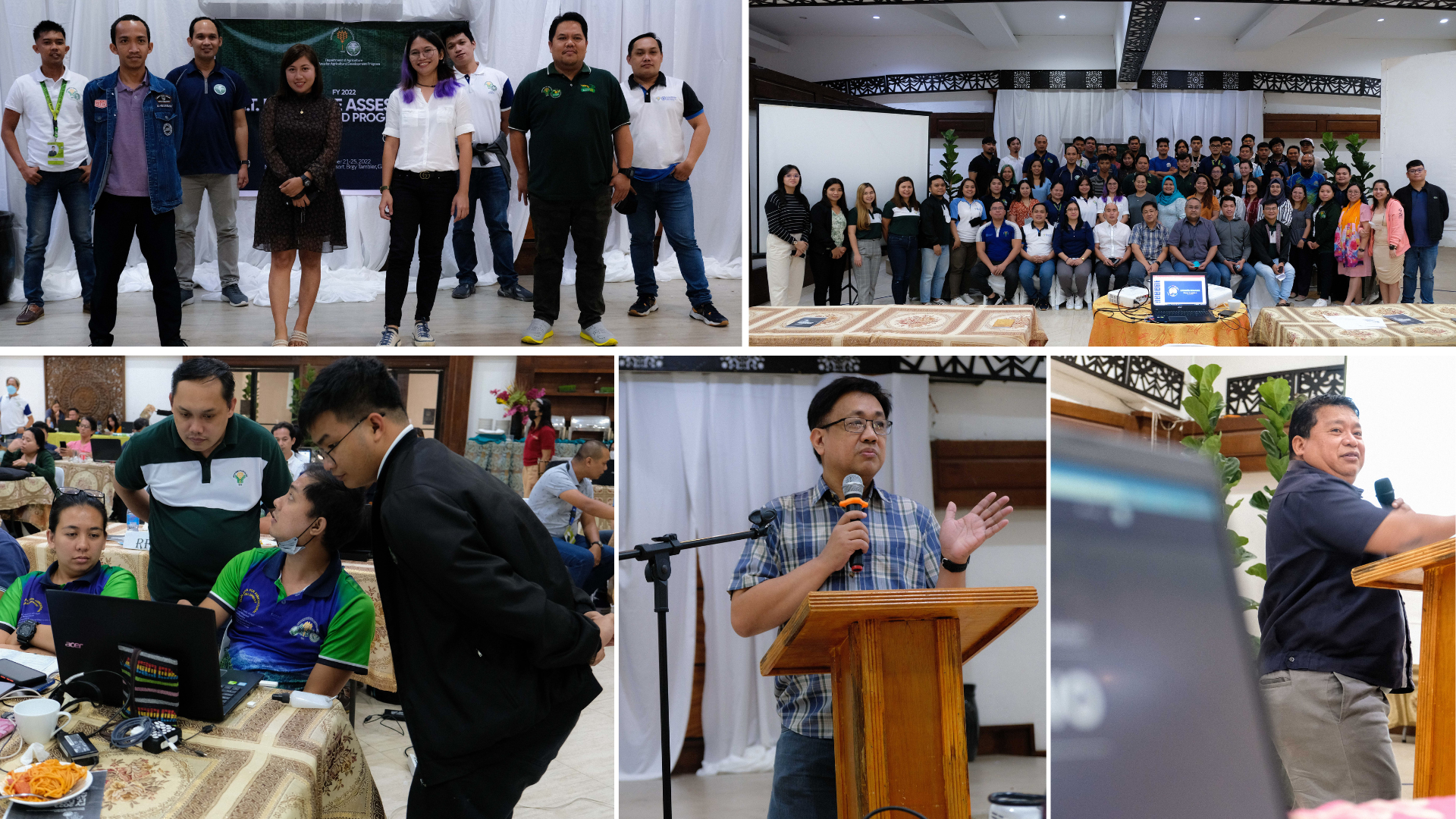



Comments (0)